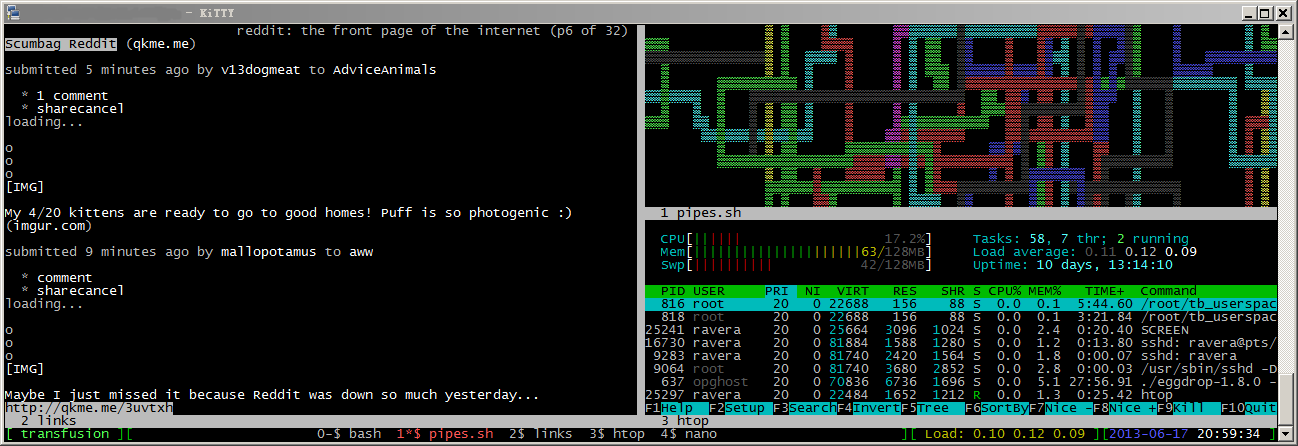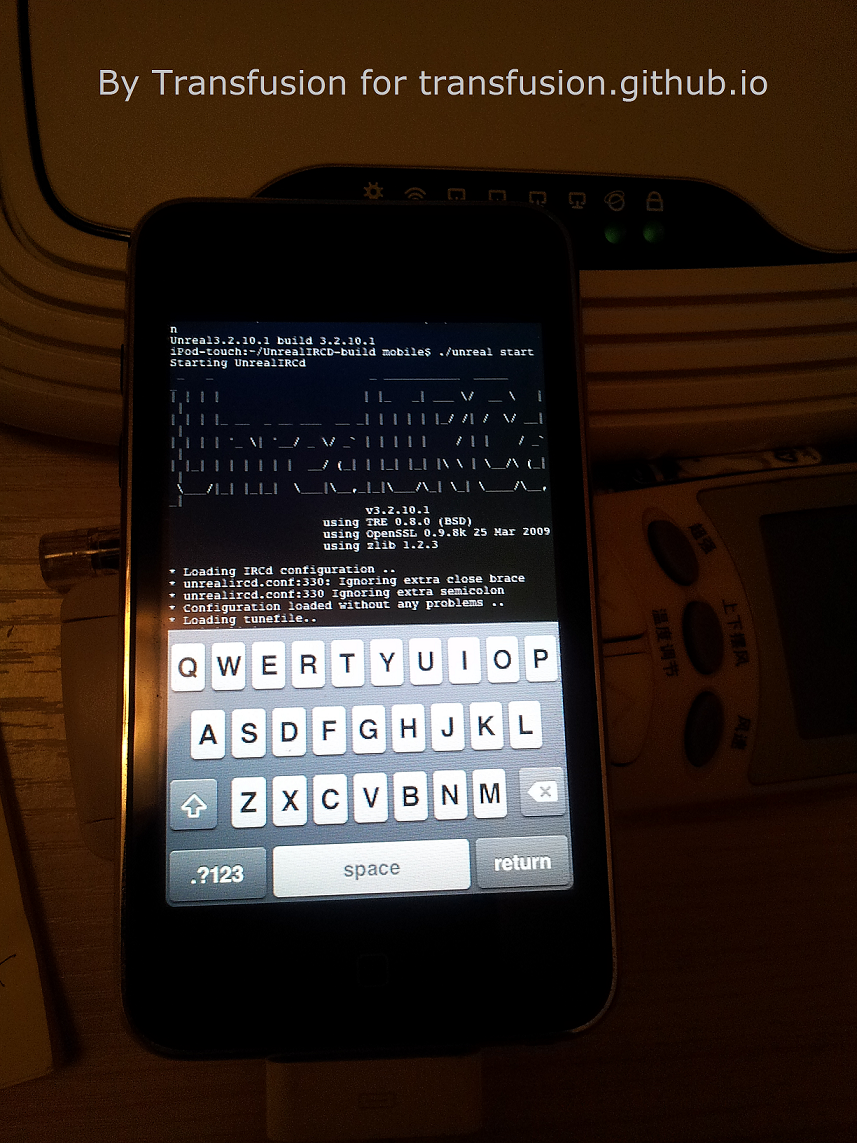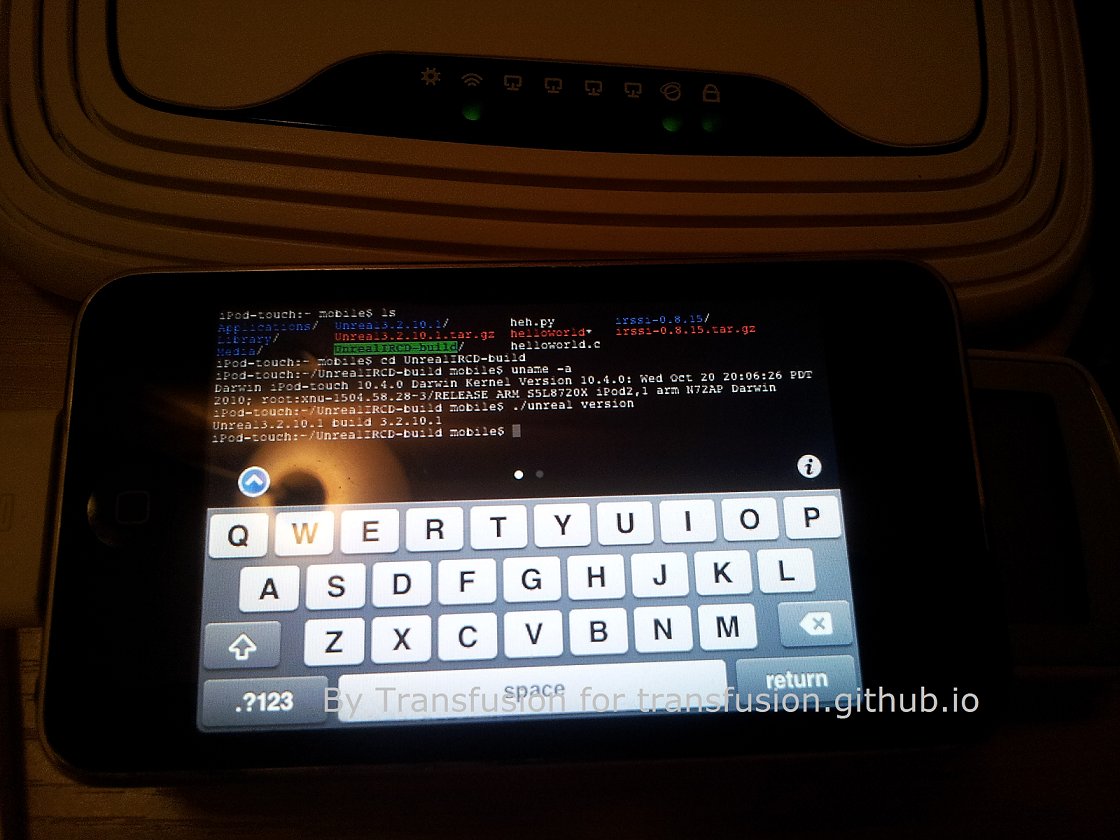These are notes taken from the Lec 3 | MIT 6.042J Mathematics for Computer Science, Fall 2010 video lecture, which can be found at https://www.youtube.com/watch?v=NuGDkmwEObM#t=4658
What exactly does the Strong in Strong Induction mean? Let P(n) be any predicate. if P(0) is true then ∀n(P(0)∧P(1)∧…∧P(n))⇒P(n+1) is true, then ∀n:P(n) is true. Remember the normal induction axiom? Let P(n) be a predicate. If P(0) is True and ∀n∈N:(P(n)⇒P(n+1)) is True, then ∀n∈N P(n) is True. The difference is that you’re assuming that all the cases starting from the base case til n are true, in order to prove that P(n+1) is true. The Unstacking game is demonstrated: here’s a brief recap (no, actually, this is just another LaTex exercise for me)
The score one would get is (4*4)+(2*2)+(3*1)+(1*1)+(1*1)+(2*1)+(1*1) = 28. There must be a strategy to beat this, is there?
(7*1)+(6*1)+(5*1)+(4*1)+(3*1)+(2*1)+(1*1) = 28. Now one should immediately jump to the conclusion (if one is an MIT student) that all combinations lead to a score of 28. But one is not if one is reading this, so: Theorem: All strategies S(n) for the Unstacking Game with n starting blocks lead to the same score. Proof by strong induction: Inductive Hypothesis: P(n) is the Theorem. Base Case: S(1) is zero (One can’t play the game with 0 blocks). Inductive step: Assume P(1),P(2),…,P(n) in order to prove P(n+1). With (n+1) blocks, for 1≤k≤n:
Our score for P(n+1) is k(n+1−k)+P(k)+P(n+1−k) (think recursion, after each division of blocks each block is an instance of the Game). One has hit a dead end here, as one is trying to prove that P(n+1) is dependent on n, not k. Honestly this example (IMHO) is rather haphazard, as the next step, which not so intuitively, is to make a good guess as to what S(n) might be, and in classic MIT intuition style, our first guess yields n(n−1)2. Testing a few values of n.. S(2)=1, S(3)=3, S(4)=6, S(8)=28. Let’s put P(n) through its runs again…. Base case, where P(n)=n(n−1)2: P(1)=0. Going back to the previous expression which we derived for the score, now that we have an expression for P(n): k(n+1−k)+k(k−1)2+(n+1−k)(n−k)2 Simplifying this expression (aka plugging it into WolframAlpha…) results in n(n+1)2, which is S(n+1). In the words of the professor, “The k disappears.“ We have worked backwards (to my understanding), deriving an expression for the score, reaching a dead end, where we have to stop assuming (k), come up with an expression for P(n), and filling in the blank to prove P(or S)(n+1).






](/wp-content/uploads/2014/05/green_tabs.jpg)